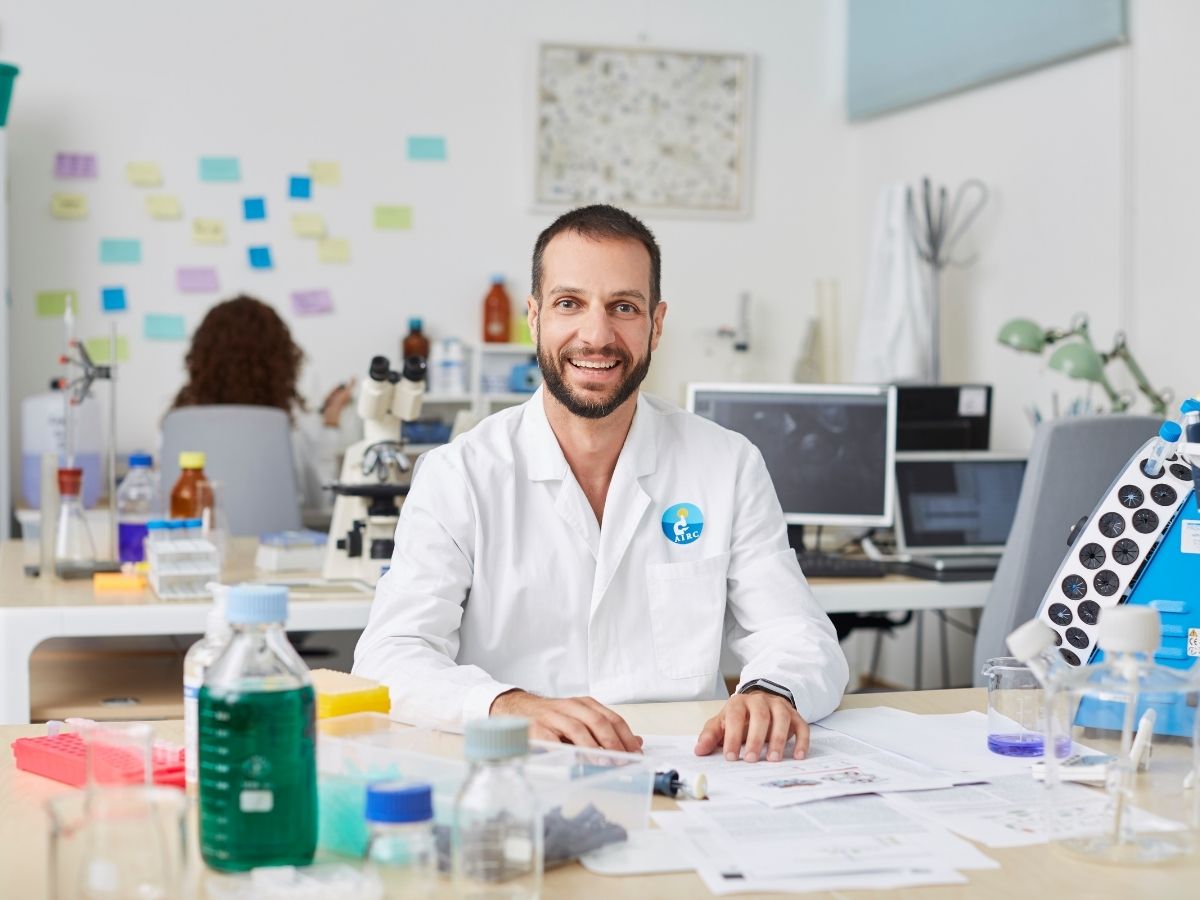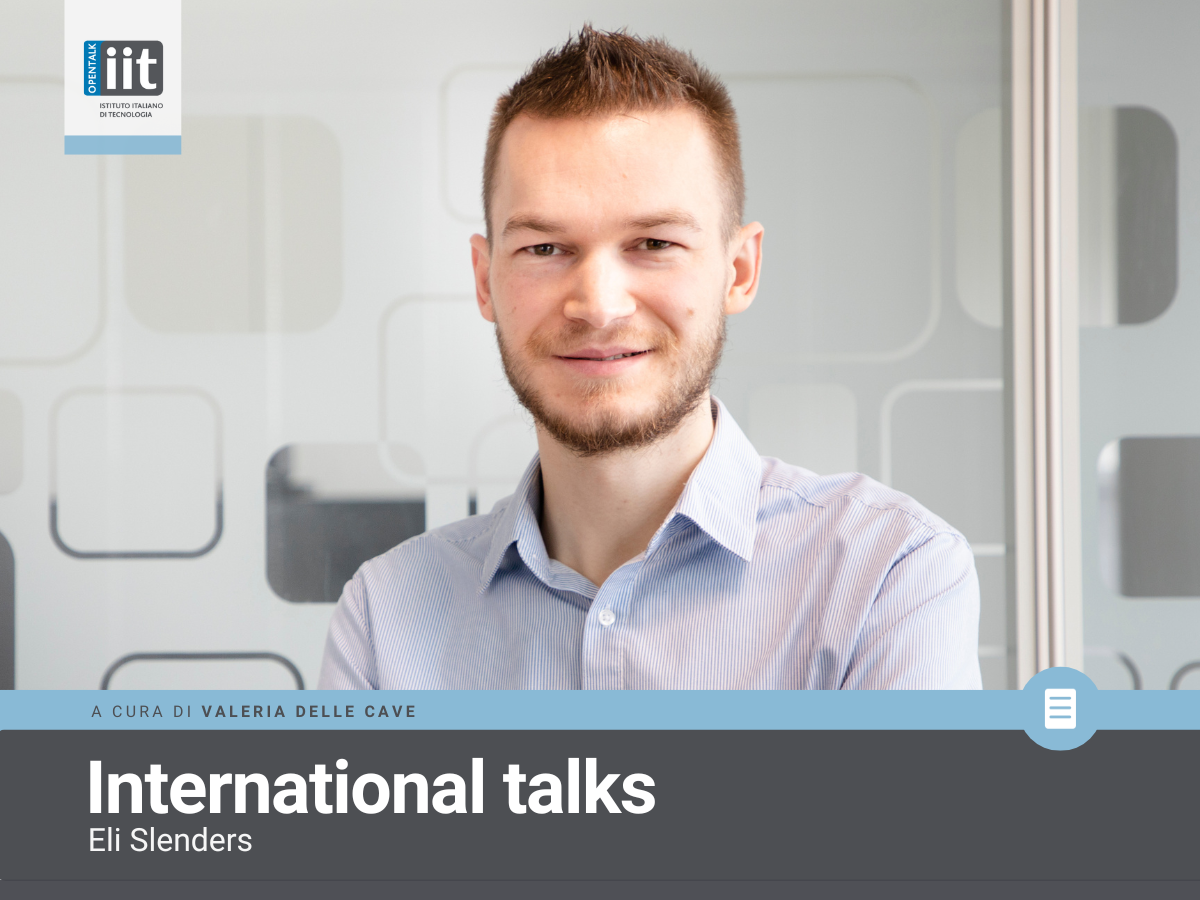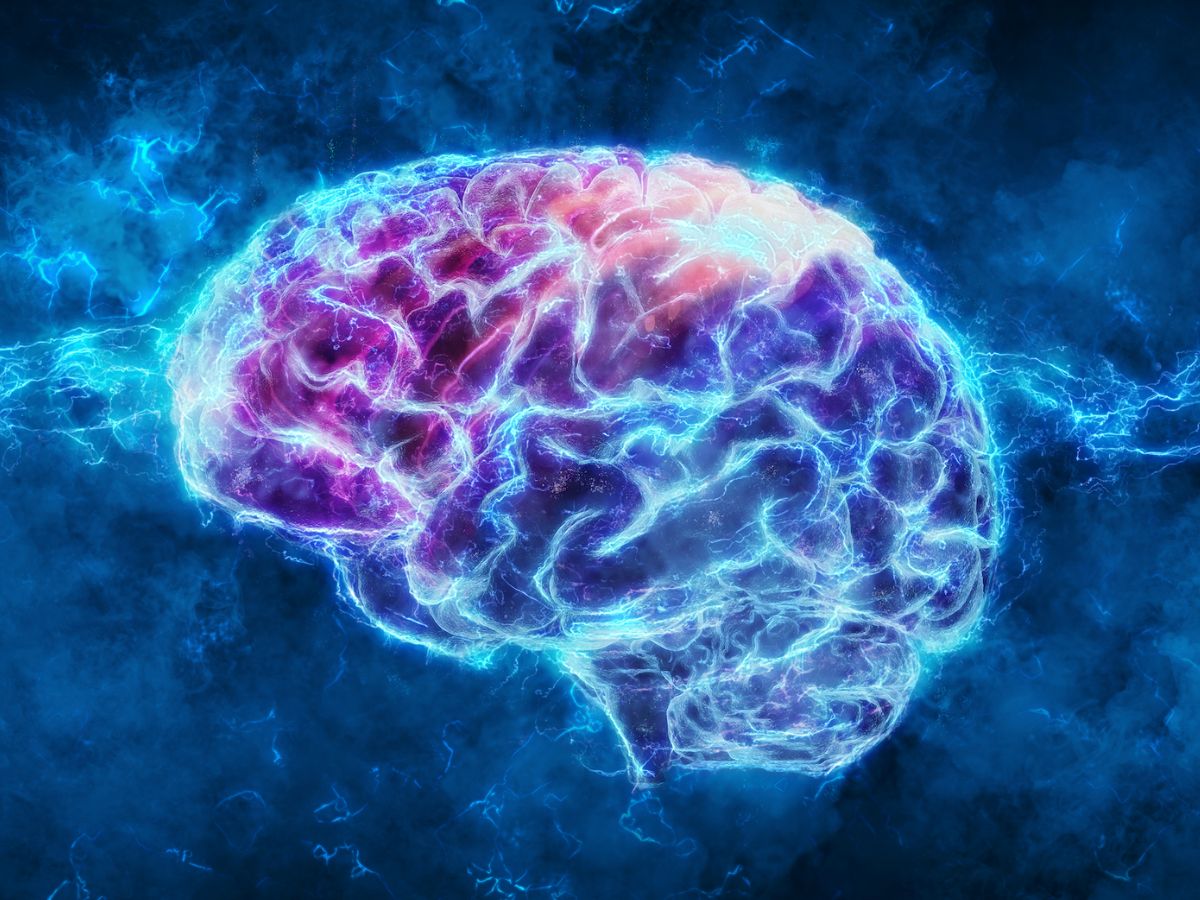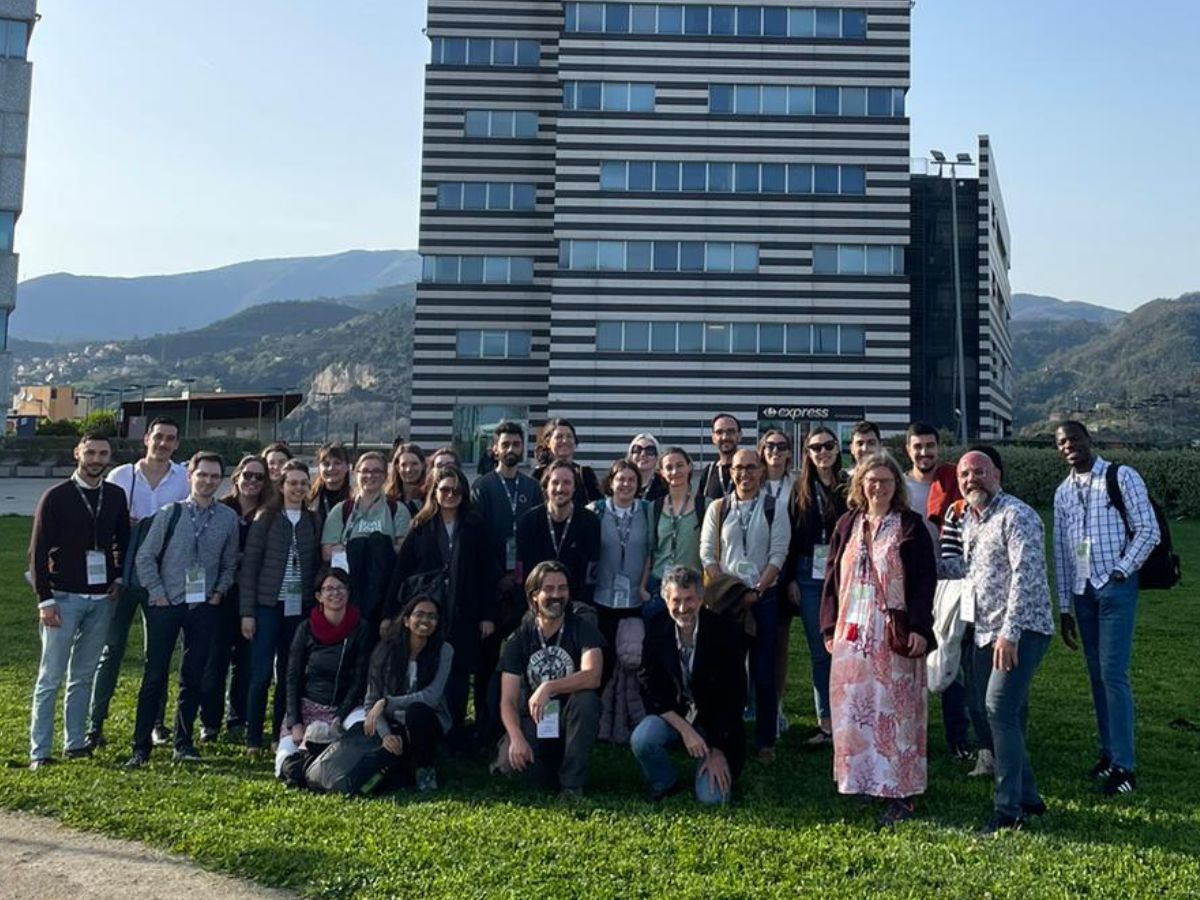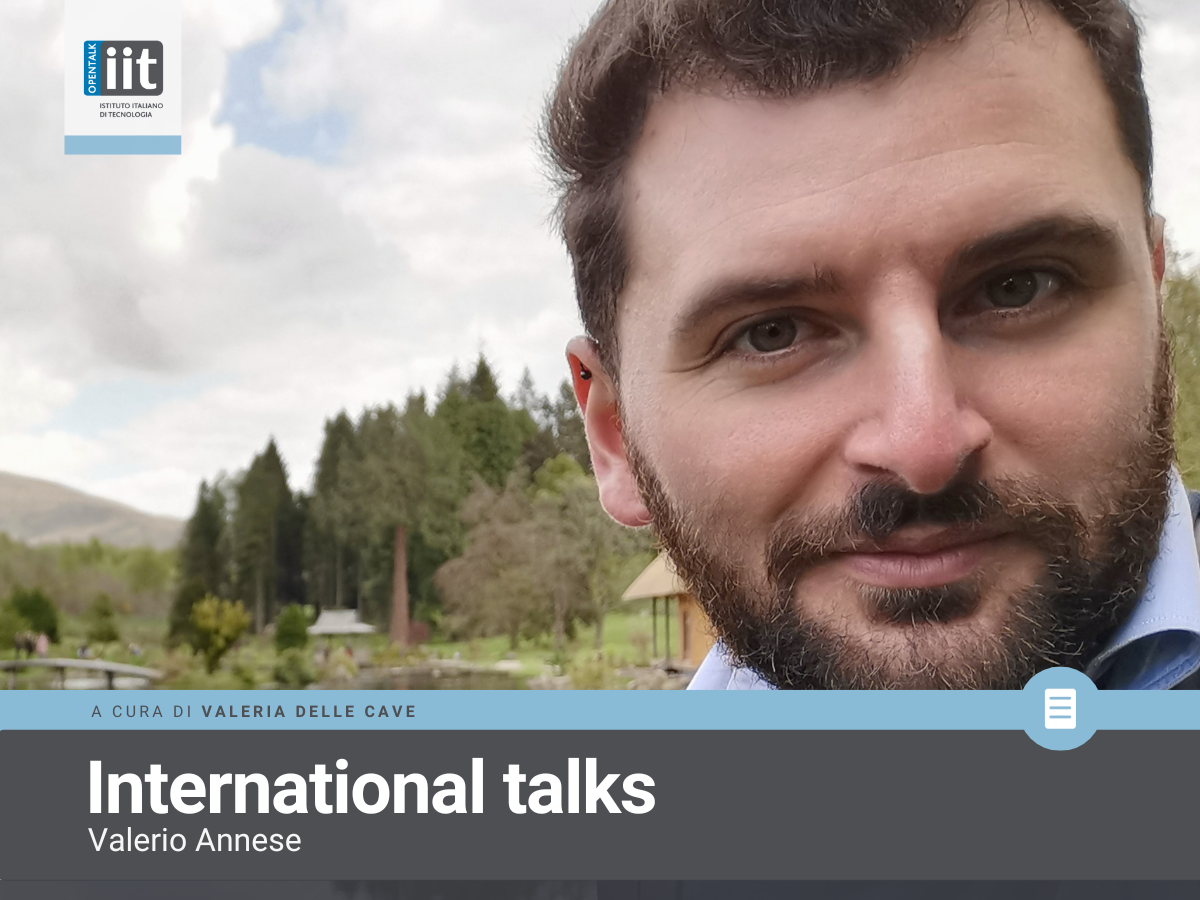Interview with Francesco Nicassio, Coordinator of IIT’s Center of Genomic Science in Milan (CGS-IIT@SEMM).
Francesco, what does the centre that you run actually do?
In this centre we study the genome. We try to capture the information contained in our genome and understand how this information is encoded and how it controls gene expression, and therefore the function of a cell. We are committed to developing an understanding of the underlying mechanisms, which are still rather obscure, but above all we try to apply this knowledge to the mechanisms that are altered by pathological conditions. Above all, by tumours. These diseases in fact rely on alterations in the mechanisms of gene control. Genes may be mutated in their DNA, or the way in which they are regulated may change. This latter mechanism occurs more frequently than the mutation of genes themselves.
We are discovering that there are many ways in which gene expression can be altered, and that these probably hold the key to explaining the evolution of the species. If we compare the number of genes that are present in our extremely complex human genome, with those of simpler organisms, the number of genes is not higher for humans. The bricks constituting a cell are practically identical. A human, a mouse, a worm, a fly: they all have roughly the same number of genes. What is it that makes us more advanced, more intricate, more complicated?
Our increasingly detailed knowledge of the genome has enabled us to understand that, in addition to protein-coding genes, we possess other RNA molecules that are produced by other regions of the genome that do not have the function of encoding proteins, but rather control gene expression. This mechanism, which signals how much RNA, and how much protein, can be produced by a gene, is not an on/off system but a strongly modulated mechanism. The degree of control over this modulation increases proportionally with the organism’s complexity.
So man, when compared to less complex organisms, has not developed more genes, but rather a more sophisticated way of controlling gene expression. This is a fundamental observation because the ability to control and select exactly what is needed, at the right time and in the right cell, makes it possible to develop more complex functions.
Even the brain’s evolution can be related to these increasingly evolved and sophisticated mechanisms for controlling gene expression, and they are part of human physiology. Moreover, this complexity can also be transferred to the study of cancer. Cancer is often hallmarked by a de-regulation of gene expression, and there can be many factors leading to this situation.
Our research seeks to understand which of these elements are involved in the onset or development of the disease, but also to understand what other elements we can use to correct the alterations that occur in cancer. Our research work on the mechanisms of RNA regulation is therefore twofold: on one hand, it allows us to understand the complexity of human pathology, and on the other, it enables us to find new strategies for correcting its alterations.
What strategies have you put in place, in addition to these, in order to attain the objectives of your research?
One strategy that we are pursuing is to identify precisely which RNA molecules are involved in gene regulation, and how we can exploit the mechanisms determining their action to correct their expression. The current trend is to exploit RNA molecules to rectify gene expression.
For example, a therapy has been developed in which the RNA molecule itself becomes the therapeutic target. RNA can therefore become the target for conventional or experimental drugs, but it can also become the drug itself. The most striking example is the anti-Covid vaccine. In this case, RNA is used as a therapy.
The pandemic, with its dramatic consequences, has at least focused attention onto this therapeutic opportunity, and there are notable intentions for investment in its development.
As you have pointed out, this is the future of research in these areas, and it also represents an important part of your work. Who could utilise the results of your research?
Most importantly, the results of our research are made available to the entire scientific community, which is a fundamental aspect of a scientist’s work, in compliance with the principles of our Foundation. If we succeed in identifying opportunities for immediate development, we can work with industrial structures to develop a new drug or suggest a therapeutic strategy.
My task is to offer knowledge to those who need it. Manufacturing and business considerations are outside my field of operation.
This sort of fundamental research requires considerable finance. How is your lab funded?
Finance comes primarily from IIT, the most important resource. It provides us with a human and technological infrastructure that allows us to work smoothly. Then, we receive contributions in this area from foundations such as AIRC and CARIPLO, which have often funded my laboratory consistently with ongoing commitment, promoting research at the highest levels. More specifically, AIRC has backed several projects, in addition to young researchers, and has helped create a network between various research centres. Unfortunately there are not many other projects in Italy resembling AIRC.
How did your relationship with IIT begin?
I have been at IIT since 2012. I think my story is typical of people who wish to do research in our country. I was a researcher who had already performed scientific studies, and I was given the chance of joining the IIT laboratory in Milan by Bruno Amati, coordinator at that time. It was an unexpected opportunity. I was in the mindset of becoming an independent researcher, well aware that there would be no opportunity for this in Italy. I was thinking of going abroad. I would have left Italy because of the lack of opportunity, and not because I had glimpsed an academic career path. IIT gave me a chance, and within a few years I had set up a research group that obtained high-quality results and therefore received funding from AIRC. In this way, I was able to develop significant scientific and human relations and, when Amati left IIT, Roberto Cingolani offered me the position of coordinator that I hold still today. This represented a new challenge but, in part due to the excellent atmosphere at IIT and good relations with colleagues, I am still working with total satisfaction, maintaining and sharing the principles of moral and intellectual integrity that hallmark our Institute.

